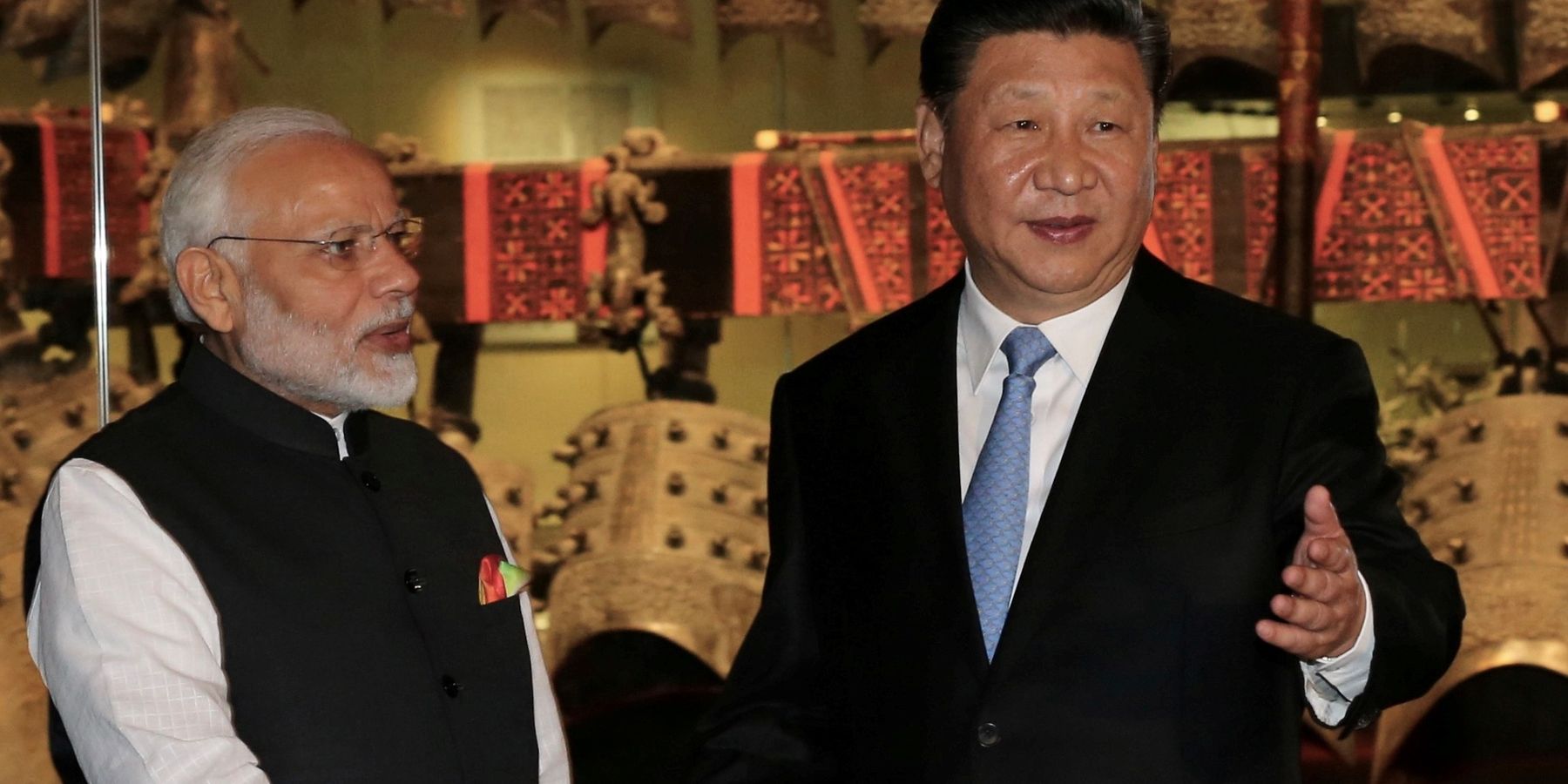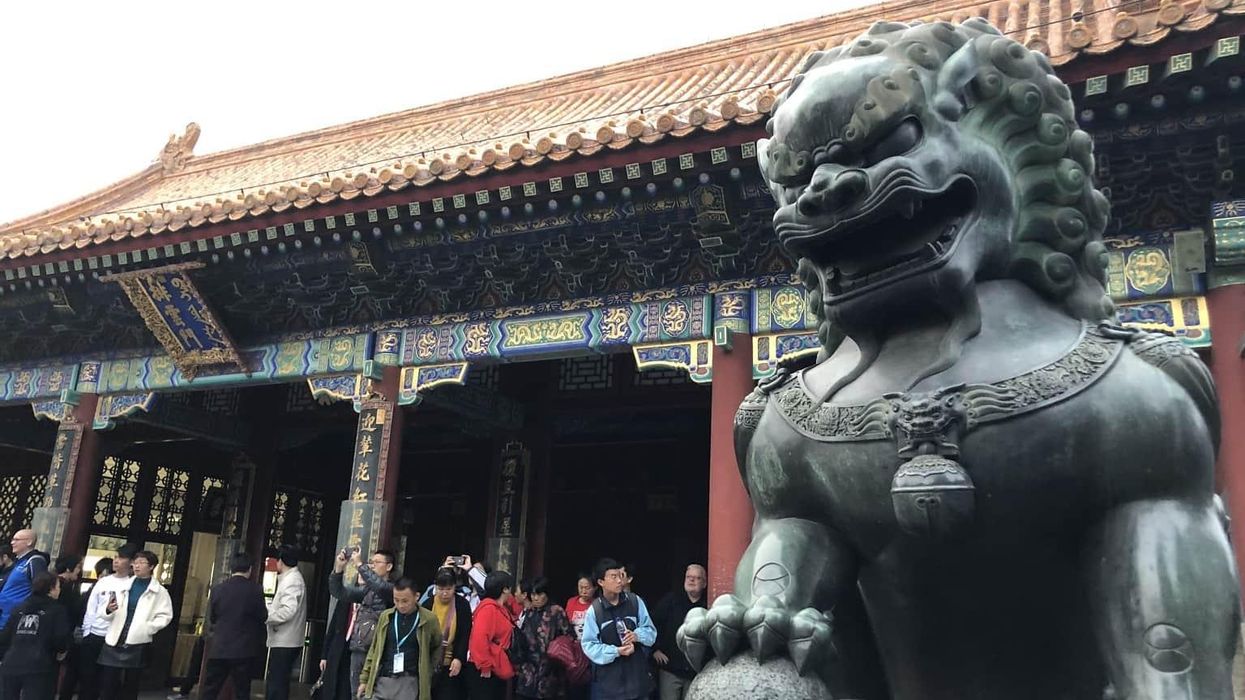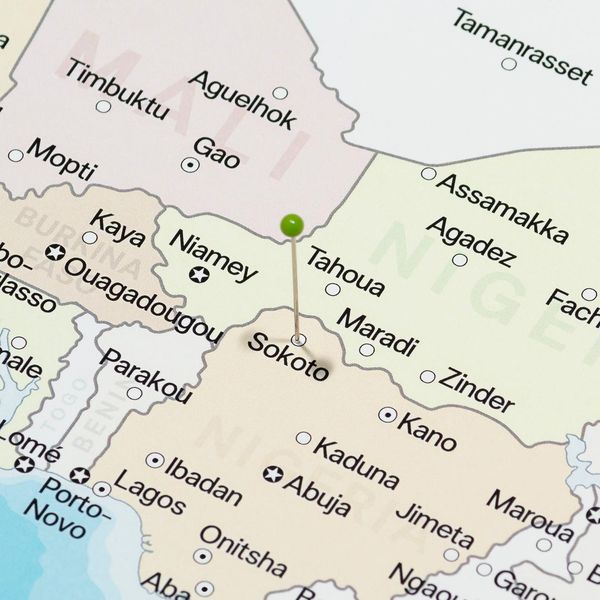This past June marks five years since the Galwan Valley incident, when a series of tense standoffs along disputed areas of the China-India border erupted in a bloody melee that resulted in the deaths of at least 20 Indian soldiers and an unknown number of Chinese casualties.
As a result, China-India bilateral relations sank to their lowest point in decades, and many observers expressed grave concern about the potential for a wider conflict between the two nuclear-armed powers.
In the years since the clash, diplomacy aimed at easing tensions along the border has yielded positive results, leading some to believe that a thaw in China-India relations is underway. In 2024, for example, China and India struck a deal that allows for the resumption of patrols along the Line of Actual Control by military personnel from both countries. More recently, China agreed to reopen its borders to Indian pilgrims hoping to travel to holy sites in Tibet over the summer months.
At the same time, the border dispute itself remains unresolved, and geopolitical competition between China and India has escalated in other contexts, raising questions about the extent to which a true reset in relations can realistically be expected. Recent events — in particular, China's diplomatic response to the Pahalgam crisis last May — suggest that the supposed thaw may be based more on rhetoric than on any substantive paradigm shift in Beijing or New Delhi.
A reset in relations?
While peace at the border has held steady since the 2024 agreement, competition between China and India has escalated elsewhere. In the Indian Ocean region, for example, India recently conducted naval exercises alongside several countries, including South Africa, Tanzania, Mauritius, and the Seychelles. India has also concluded a landmark defense agreement with Sri Lanka to foster collaboration on military training, intelligence and technology. By significantly stepping up its engagement in these areas, India aims to become the preferred security partner in the Indian Ocean region, displacing China, which has also sought to expand its presence there in recent years.
Similar developments have also taken place in Southeast Asia, a region much closer to what China perceives as its immediate sphere of influence. Specifically, India has concluded a major arms export deal with the Philippines, increased its collaboration with ASEAN, and challenged China’s controversial territorial claims in the South China Sea. Given that India was more reluctant to take steps likely to provoke China’s ire prior to 2020, its growing interest in opportunities to counter China’s influence in its own backyard can be seen as a direct consequence of the border clashes.
India is also set to host the Quadrilateral Security Dialogue Leaders’ Summit for the first time later this year, underscoring its deepening involvement in the group, which China believes is a key component of a U.S.-led containment strategy in the Indo-Pacific. While India has consistently distanced itself from the hard security dimensions of the Quad, it recently signed onto the Quad Critical Minerals Initiative, which aims to significantly reduce reliance on China for supplies of critical minerals. At the Quad Foreign Ministers’ Meeting held in Washington D.C. in early July, Indian Foreign Minister Subrahmanyam Jaishankar also joined with his counterparts in reiterating support for the concept of a “free and open Indo-Pacific,” which is often interpreted as a thinly-veiled critique of China’s activities in the region.
Beijing has also fostered closer ties with Bangladesh since the overthrow of Sheikh Hasina last year. While Bangladesh and China have historically maintained cordial relations, Bangladesh was more closely aligned with India under the previous government, which often cooperated with New Delhi on regional security and counterterrorism. Bangladesh’s pivot towards China is thus likely to sound alarm bells for the Modi government, especially given the growing anti-India sentiment within Bangladesh and the perception that the interim government is “Islamist” in character.
During the recent row over the Pahalgam terror attack, China also gave a strong show of support for its “all-weather” ally Pakistan, further underscoring the limits of any diplomatic reset. As tensions between India and Pakistan escalated in the aftermath of the attack, for example, Chinese Foreign Minister Wang Yi backed Pakistan’s calls for an “independent and impartial probe” into the origins of the attack, a proposal which had been firmly rejected by the Indian side from the outset.
Indian commentators also accused China of watering down the U.N. Security Council statement condemning the attack, which departed from past practice by omitting calls for cooperation with the Indian government and refraining from mentioning The Resistance Front — the terrorist organization that initially claimed responsibility for the attack — by name.
Adding to India’s frustrations, China has offered to sell Pakistan advanced military equipment (including J-35 stealth fighter jets) as the latter seeks to modernize its military capabilities. Given the mixed performance of India’s aircraft against Pakistan's Chinese-origin equipment during Operation Sindoor, this will doubtless be perceived as an affront by the Indian defense establishment.
While diplomatic support for Pakistan by China is not new, India’s perception that China hedged against it as the Pahalgam crisis unfolded could undermine the progress made along the border. Add to this the escalating strategic competition in other areas of the Indo-Pacific, and there is reason to believe that an adversarial element will continue to overshadow the China-India relationship for the foreseeable future.
The trade factor
To the extent that we can expect to see some form of rapprochement, it is likely to come in the economic sphere. Lingering political tensions notwithstanding, China remains one of India’s top trading partners (in 2024, China-India bilateral trade reached $118.4 billion), which creates powerful incentives to find common ground. Indeed, when diplomatic relations hit rock bottom in 2020, the interests of the private sector provided a justification for pursuing a de-escalatory course in China and India alike.
Even here, however, there is potential for friction, especially given attempts by the Trump administration to pressure India to decouple from China. Using the threat of increased tariff rates as leverage, Trump hopes to bring India firmly into the U.S. orbit as part of his broader Indo-Pacific strategy. Should India bend to these pressures, China has numerous ways it could retaliate, including export controls that would limit the flow of raw materials essential to various Indian domestic industries.
Of course, it is also possible that Trump’s attempt to drive a wedge between the two Asian giants could end up pushing them closer together, at least where their economic interests converge. Much will depend on whether India and the U.S. work out a viable trade deal in the weeks ahead of Trump’s August 1 deadline for higher tariffs. As with so much else in international politics these days, only time will tell.
















